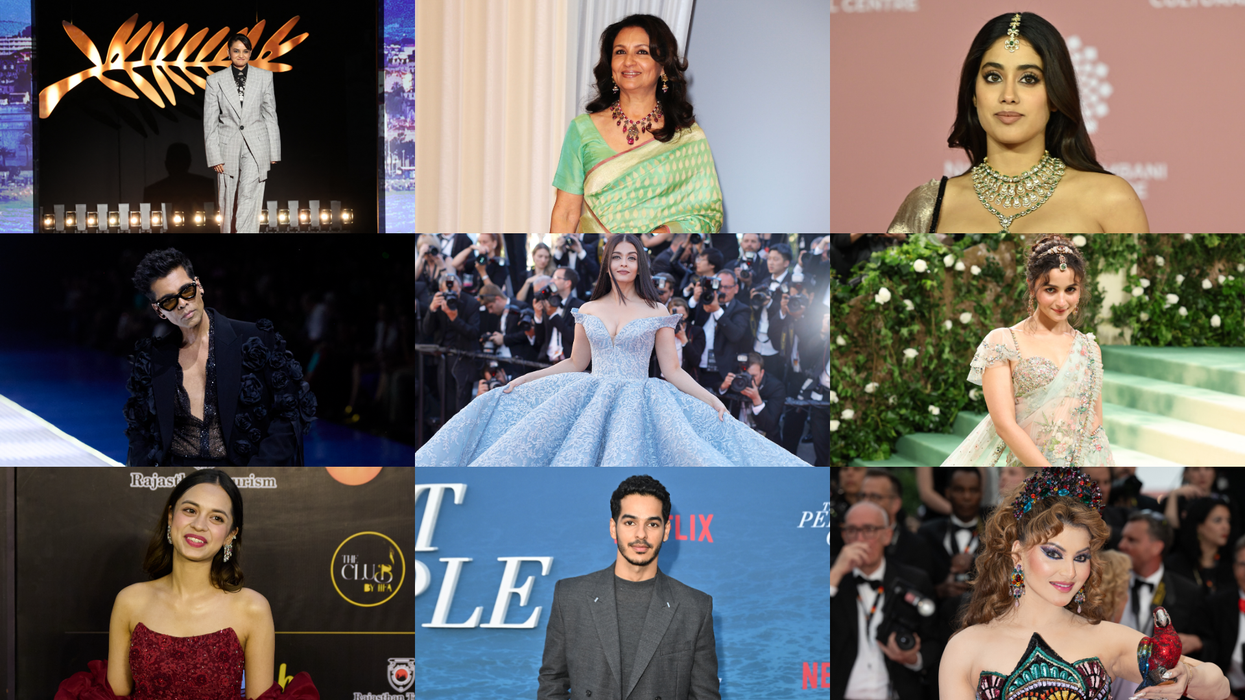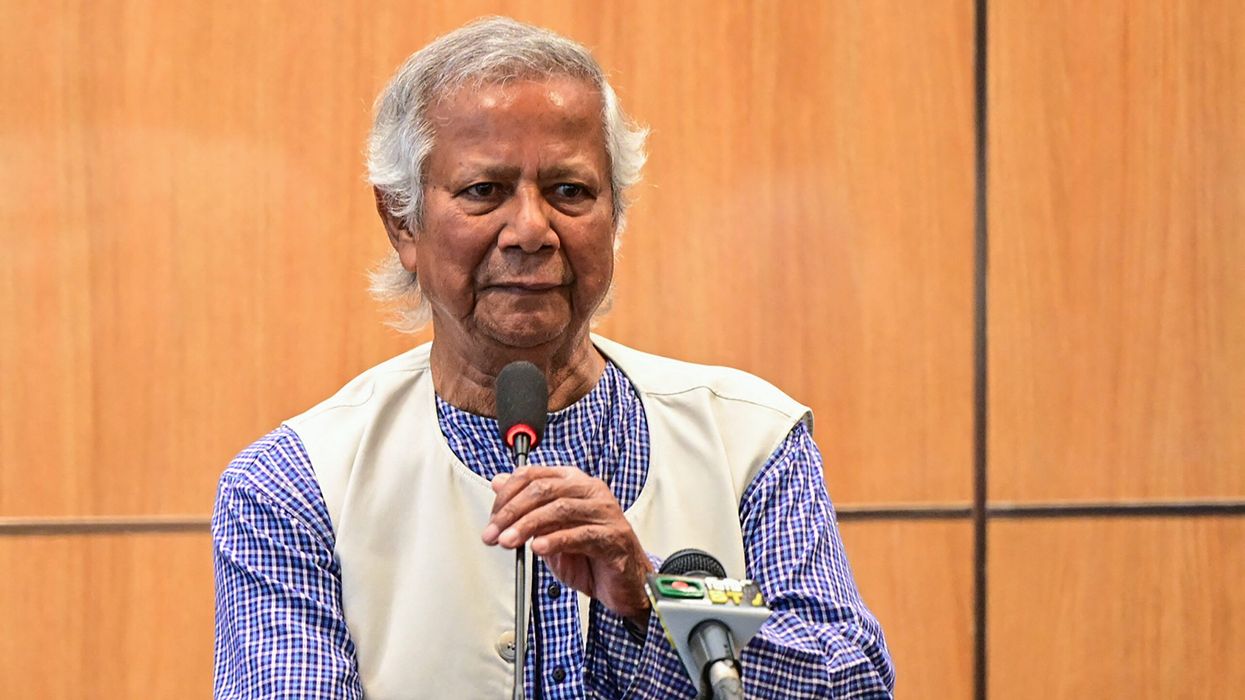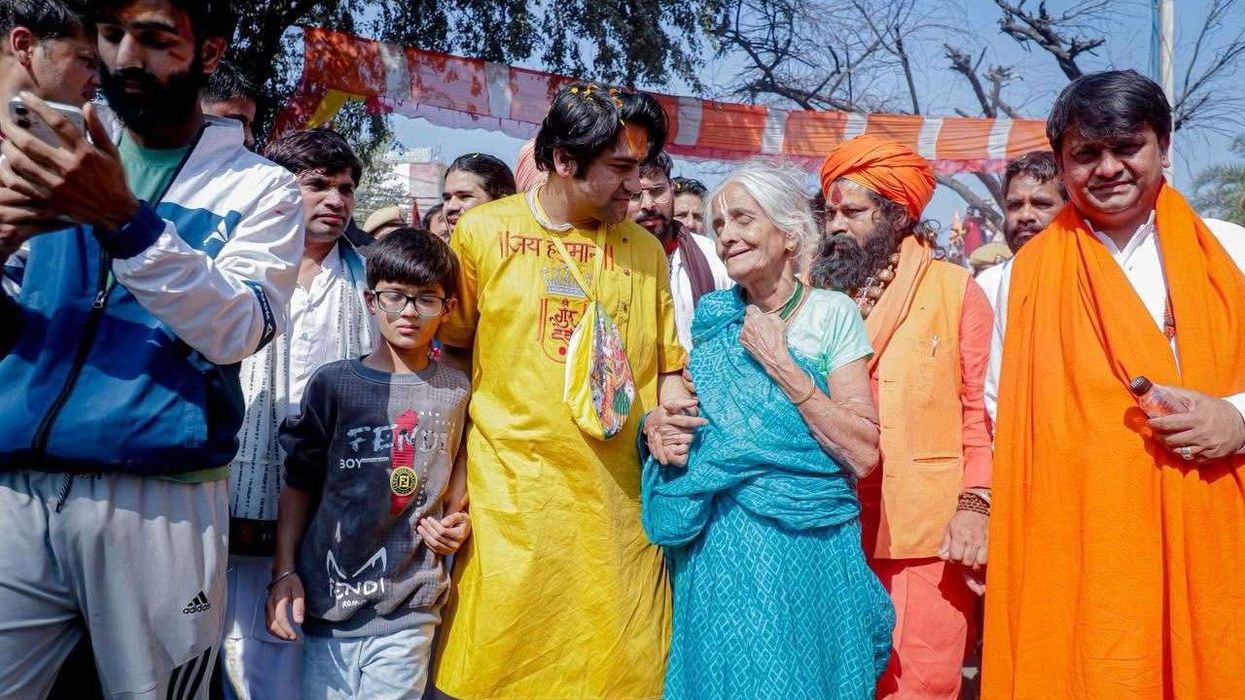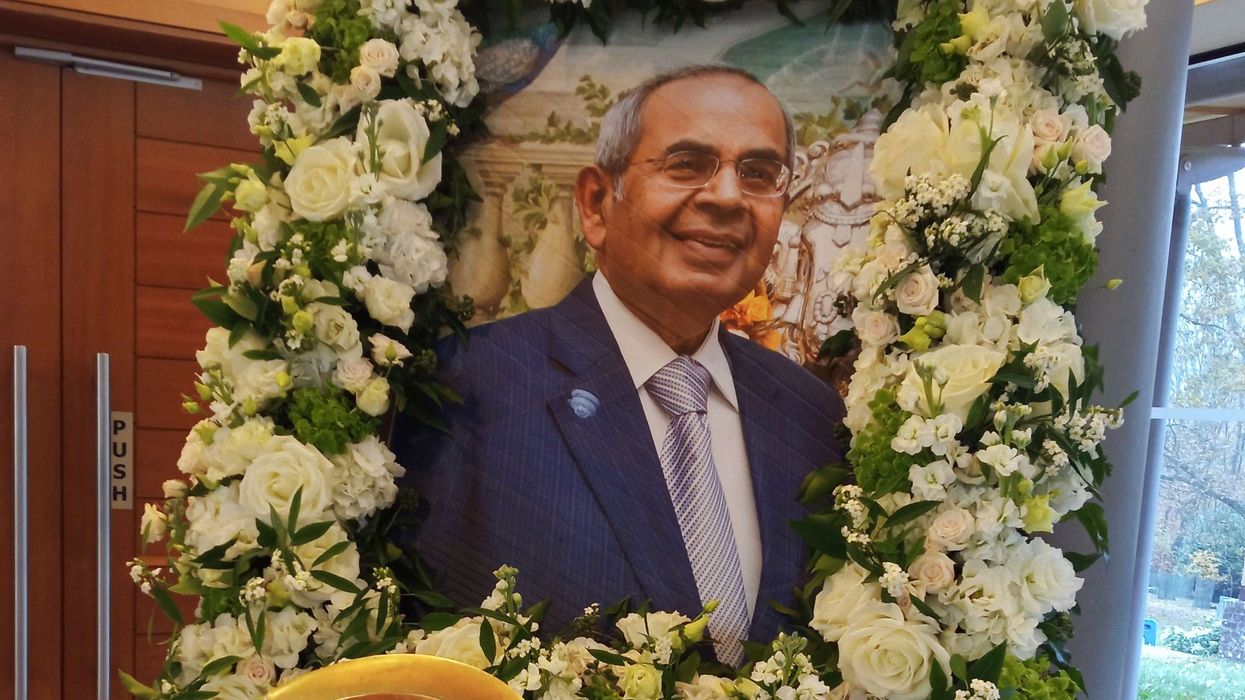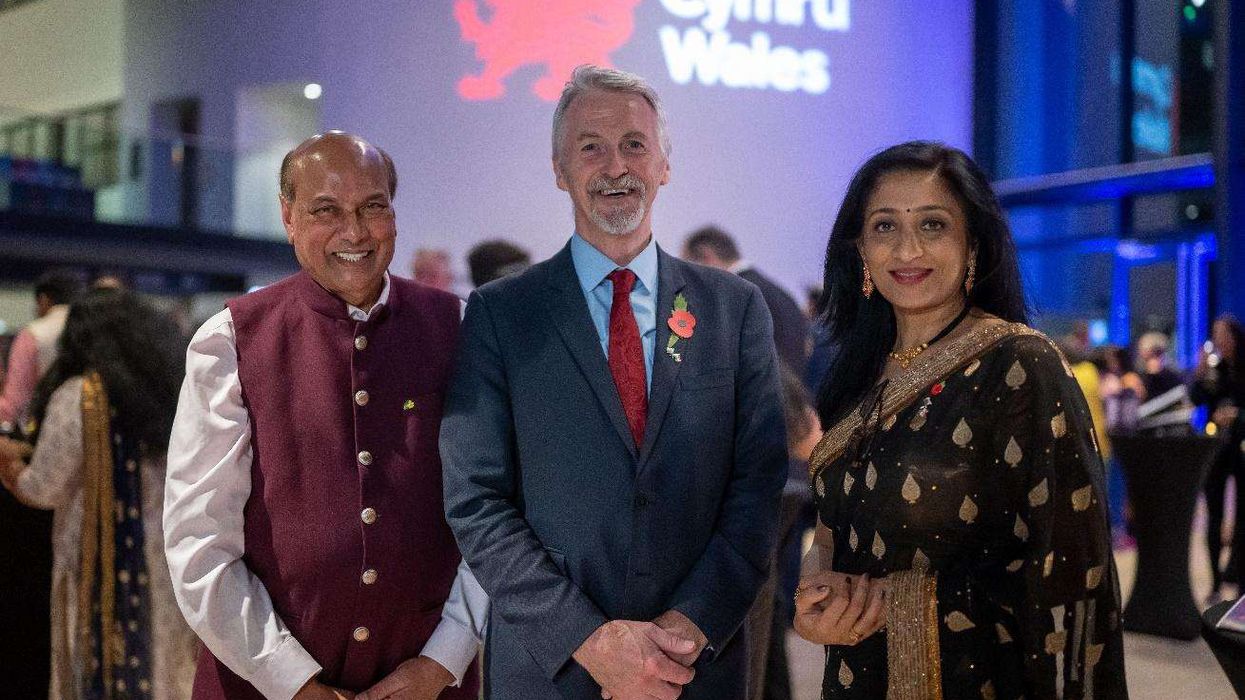Hold onto your hats, because the French Riviera just got a whole lot more glamorous! Move over ordinary celebrity lists because we’re spotlighting the crème de la crème of Indian talent gracing the Cannes Film Festival this year. Cannes 2025 is witnessing an unprecedented wave of Indian representation, from seasoned red-carpet icons to bold newcomers. Here’s the lowdown on the stars turning heads this season.
1. Aishwarya Rai Bachchan
Twenty-three years! That’s practically an eternity in the fickle world of fame. But Aishwarya? She doesn’t just attend Cannes; she owns it. Who could forget that breathtaking blue Cinderella gown? That’s the calibre of legendary looks this L'Oréal luminary delivers. She’s not just a red-carpet icon; she’s a landmark in her own right.
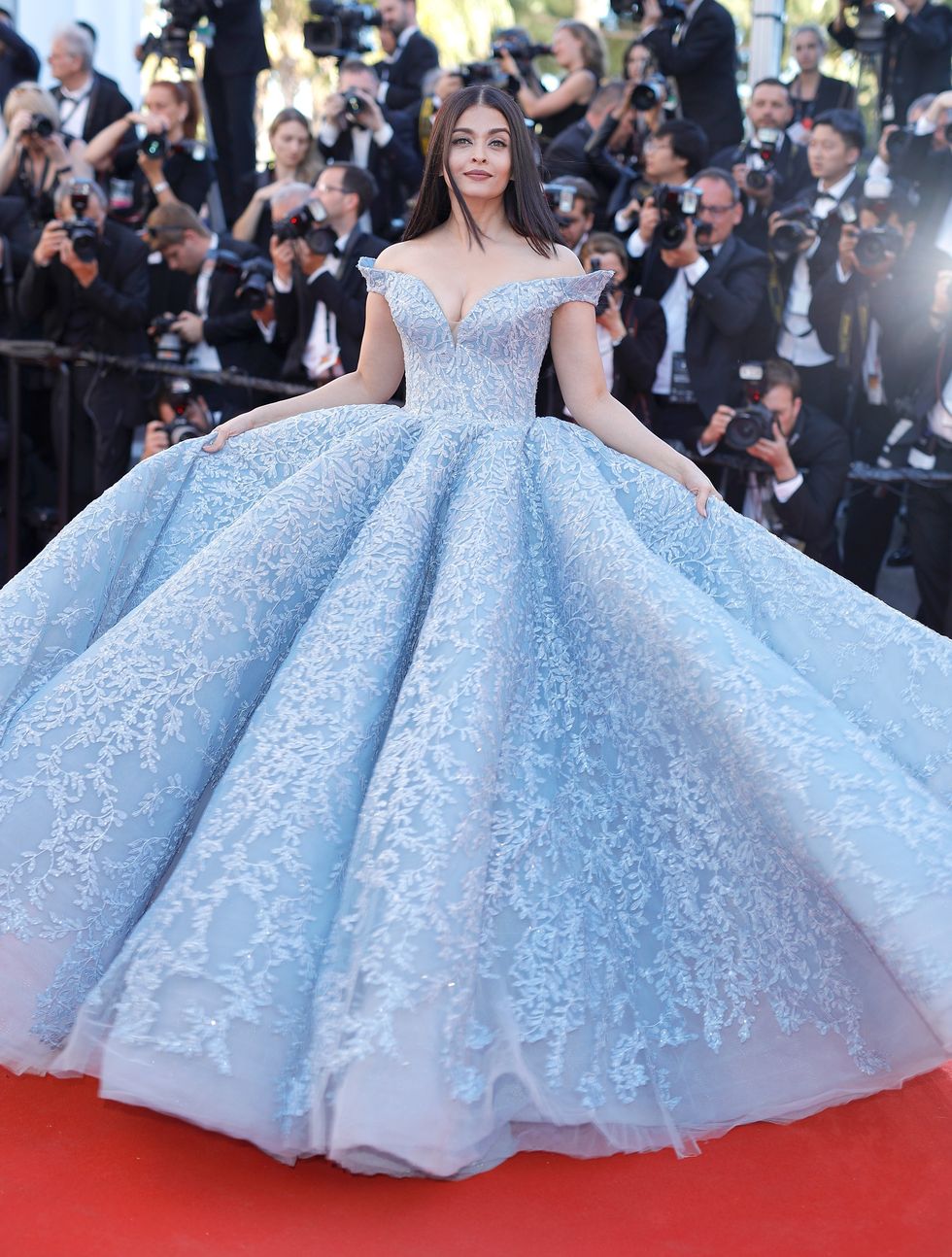
2. Alia Bhatt
While the fashion world eagerly awaited Alia Bhatt’s debut Cannes strut as a L’Oréal Paris and Gucci ambassador, recent reports suggest her grand entrance has been postponed. With the current global climate, Alia has chosen to prioritise her connection to her home country during these sensitive times, leading to her absence from the festival’s opening. Fingers crossed for a potential surprise appearance later!
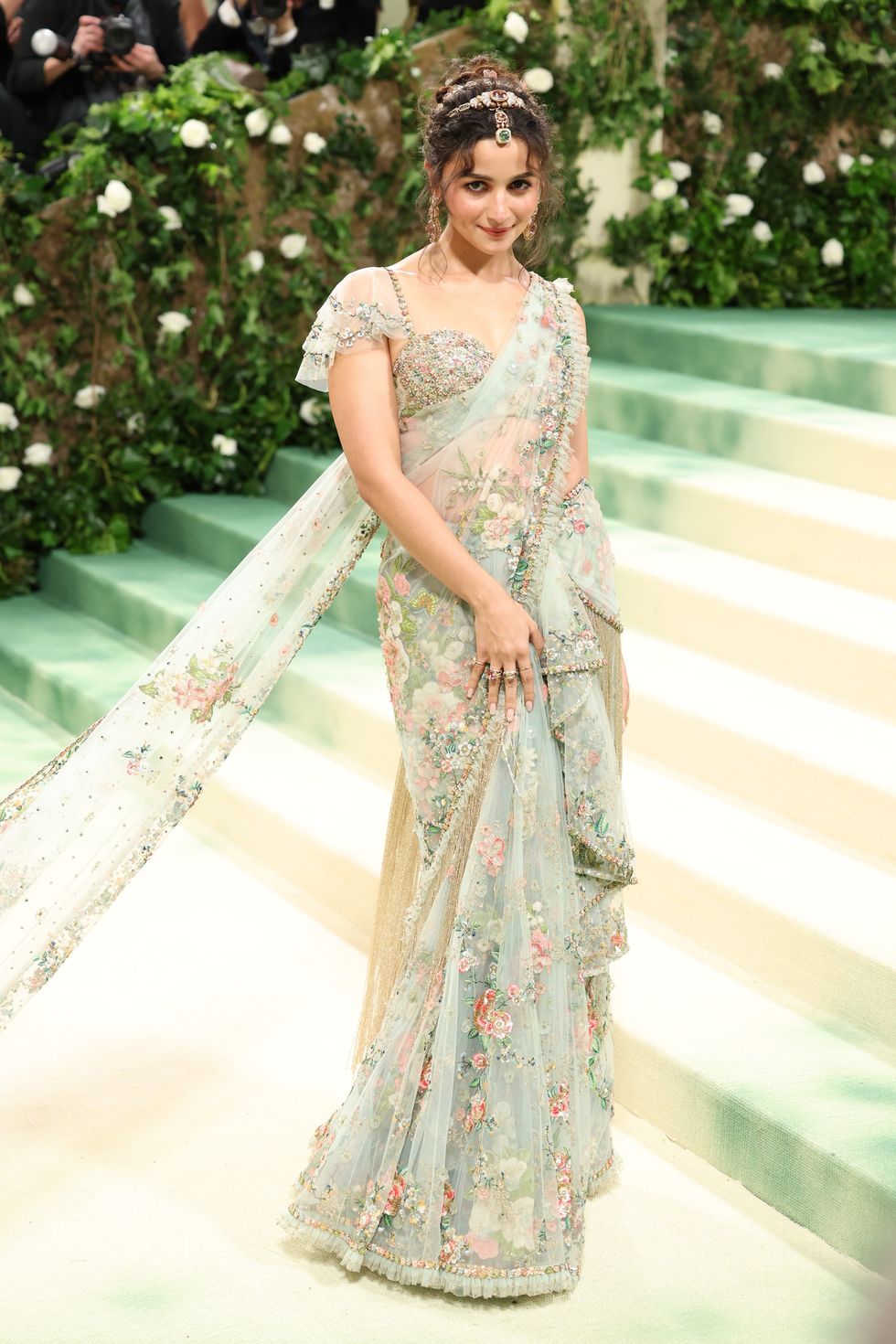
3. Janhvi Kapoor
Venturing into the prestigious Un Certain Regard section with Homebound, Janhvi’s Cannes debut isn’t just about the film, it’s a showcase of her fearless fashion experiments. Known for her daring sartorial choices, expect a fusion of contemporary chic with a dash of Indian artistry.
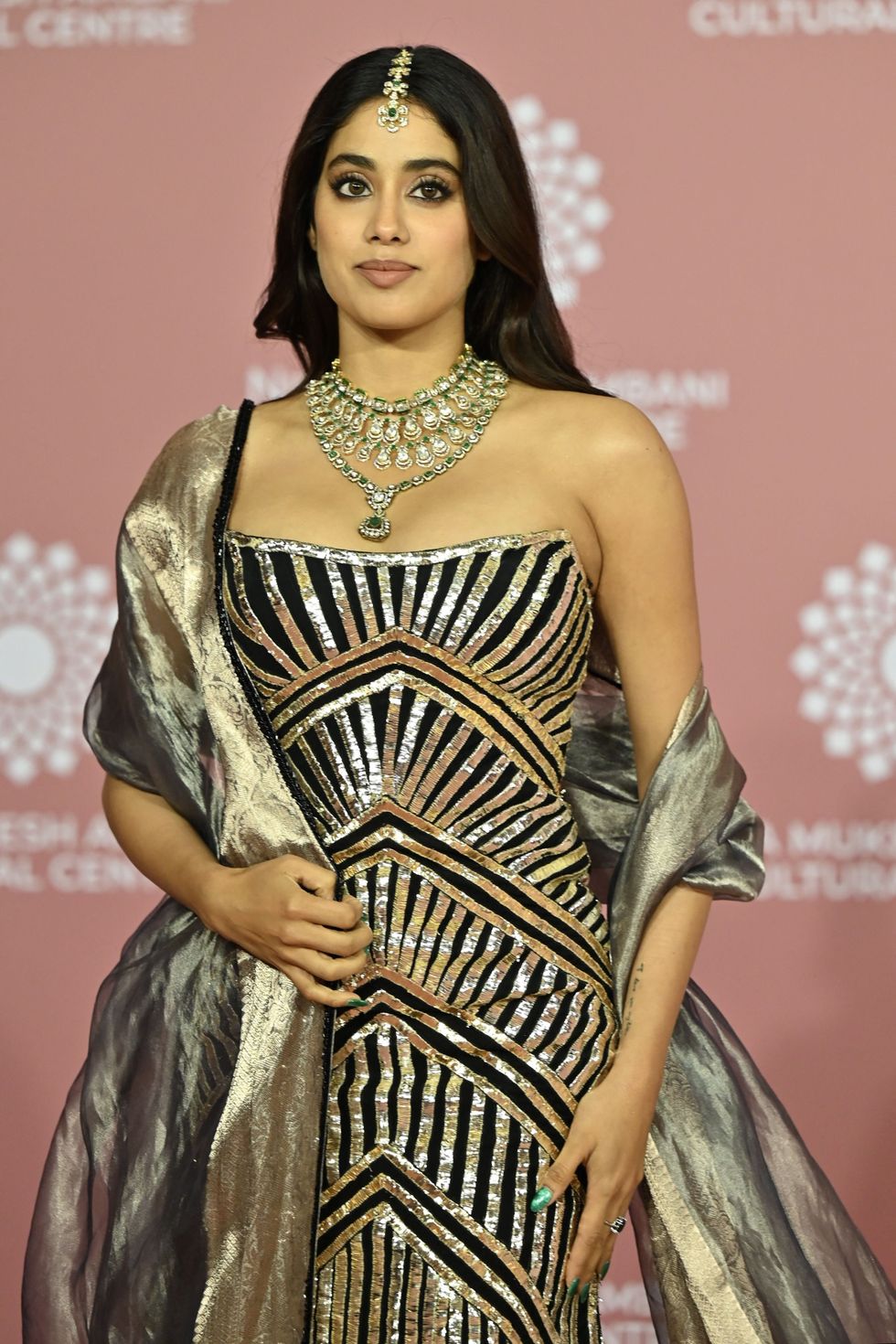
4. Ishaan Khatter
Joining Janhvi in Homebound is the intensely dedicated Ishaan Khatter, also making his Cannes premiere. Rumour has it he underwent a dramatic physical transformation for the role! Style-wise, anticipate a compelling blend of timeless aesthetics with a modern twist. This debut is one to watch.
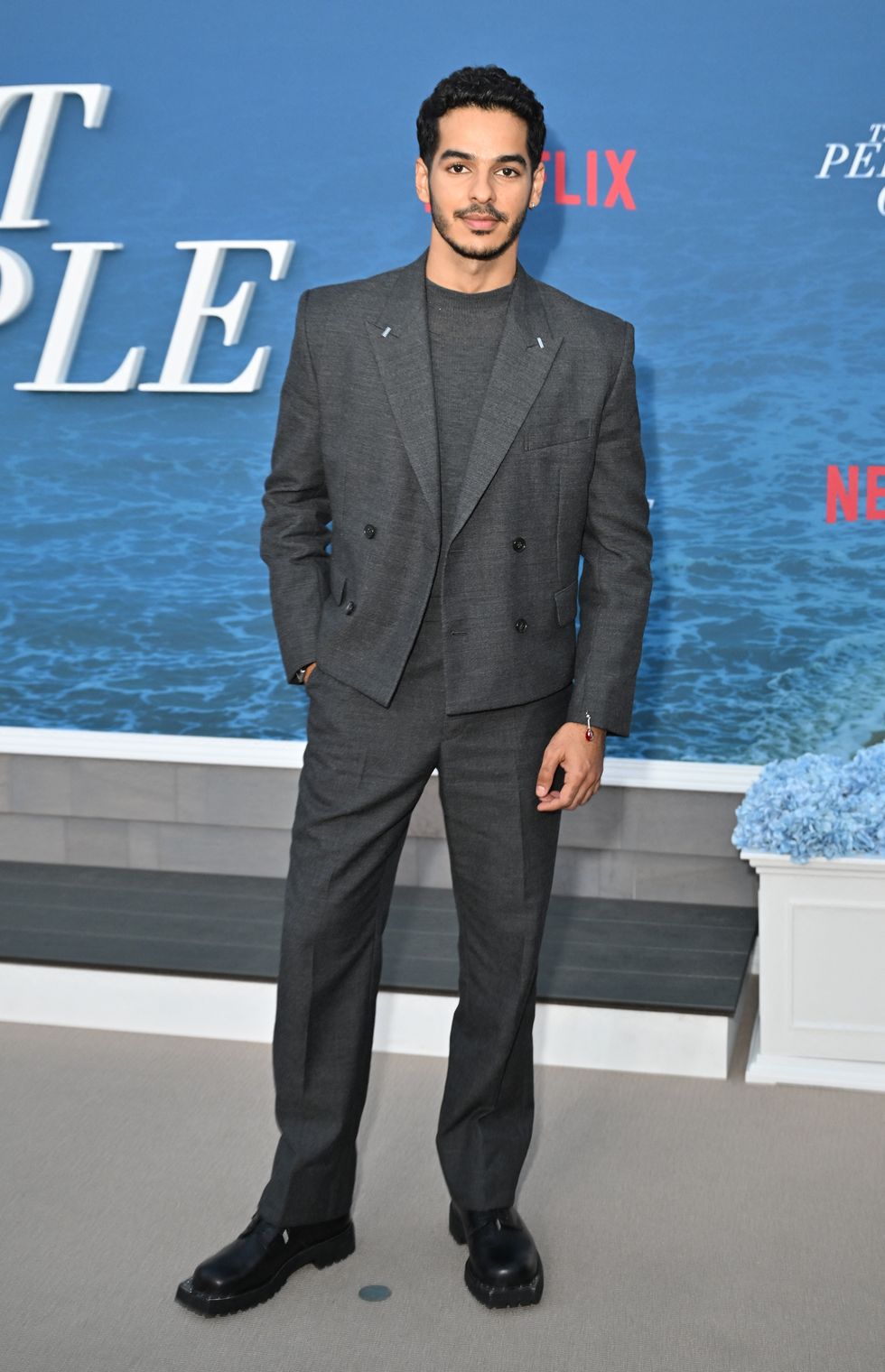
5. Payal Kapadia
Talk about a trailblazer! Payal Kapadia isn’t just attending Cannes; she’s part of the main jury, the first Indian filmmaker to hold this honour since 1982! Fresh off her Grand Prix win for All We Imagine as Light, her minimalist yet impactful fashion choices are inspiring a new wave of Indian cinema and style.
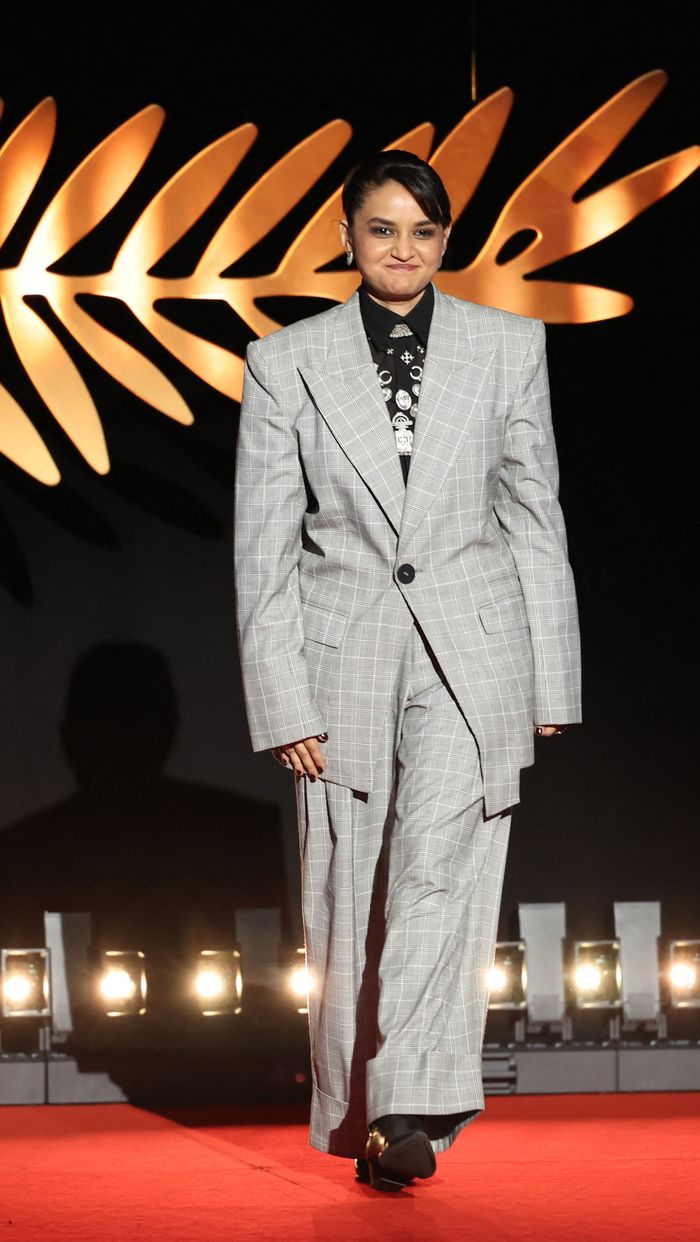
6. Sharmila Tagore
The iconic Sharmila Tagore graces Cannes once more for the restored 4K screening of Satyajit Ray’s masterpiece, Aranyer Din Ratri, the film that cemented her legendary status. Having served on the Cannes jury in 2009, her return is a poignant tribute to Ray’s enduring legacy.

7. Simi Garewal
The eternally graceful Simi Garewal is making her very first appearance on the Cannes red carpet, celebrating her role in Aranyer Din Ratri. Having teased her ensemble on Instagram with cryptic elegance, her presence proves that timeless glamour still commands the spotlight.
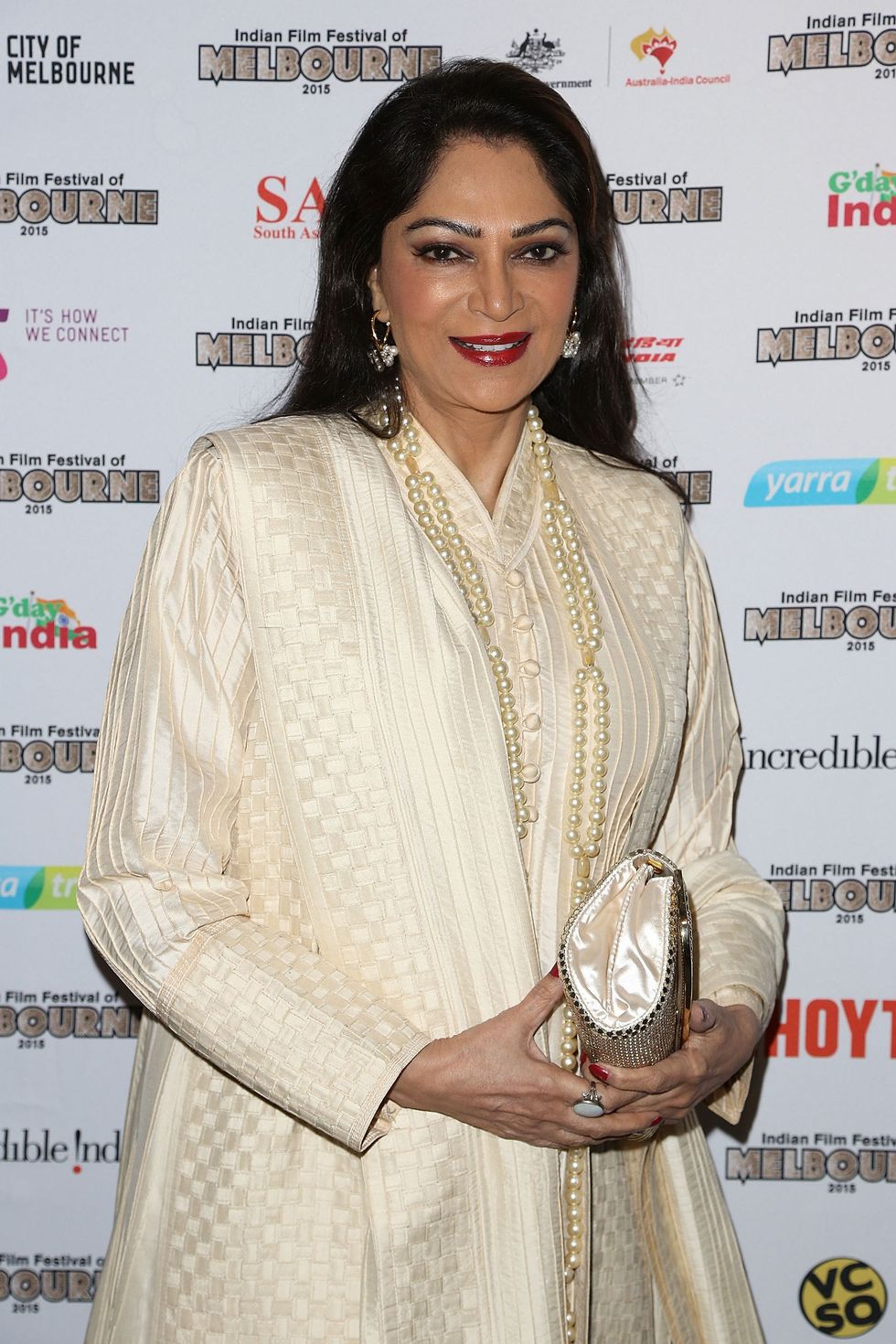
8. Nitanshi Goel
Seventeen and fearless, Nitanshi’s Cannes debut as a Laapataa Ladies star makes her the youngest Indian actress at the festival. Representing L’Oréal Paris, this marks a milestone for Gen Z talent breaking onto the global stage.
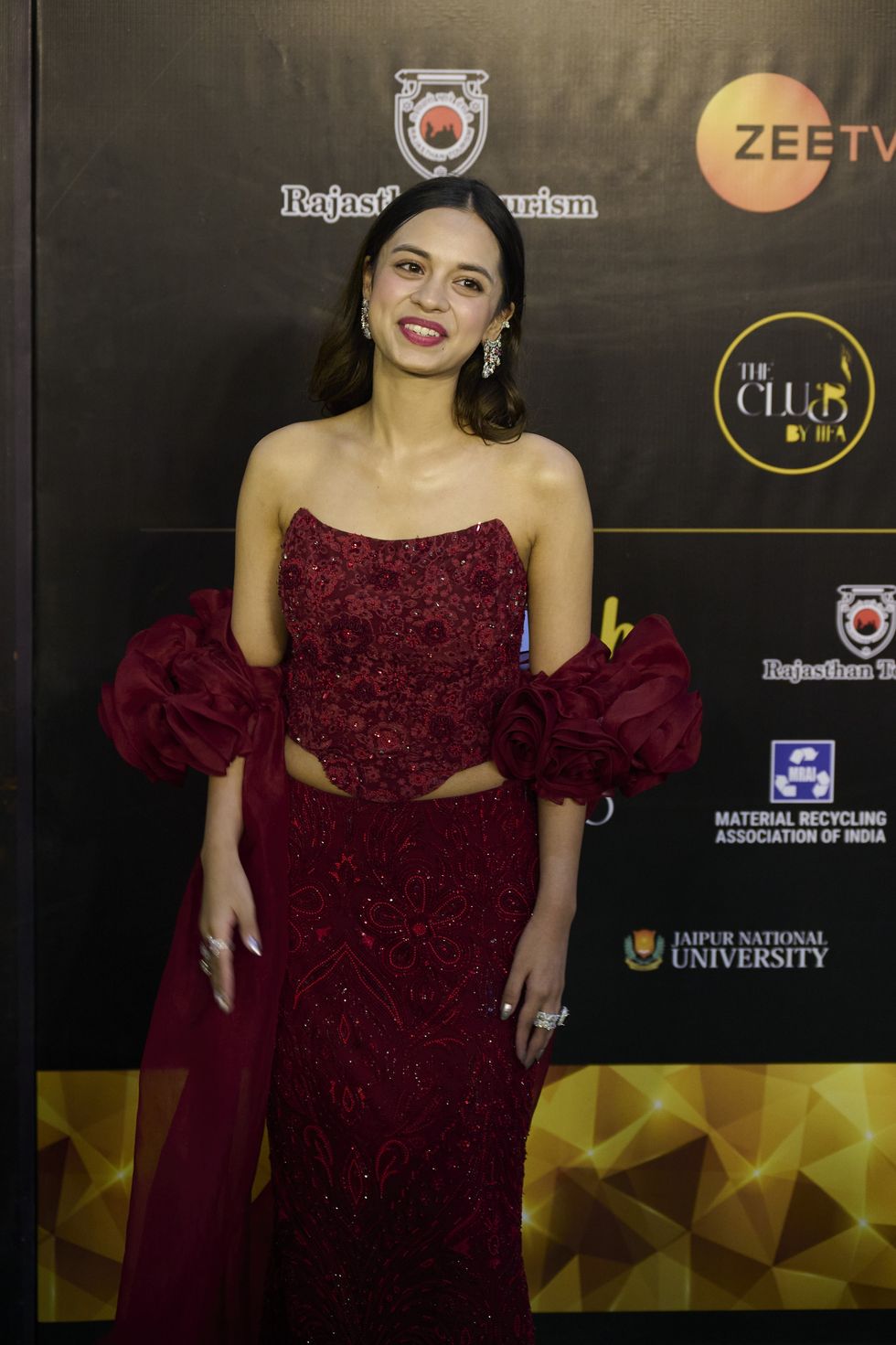
9. Karan Johar
The flamboyant Karan Johar, the force behind Dharma Productions, arrives at Cannes as co-producer of Homebound. Expect unapologetic glitz, underpinned by his knack for spotlighting global collaborations.
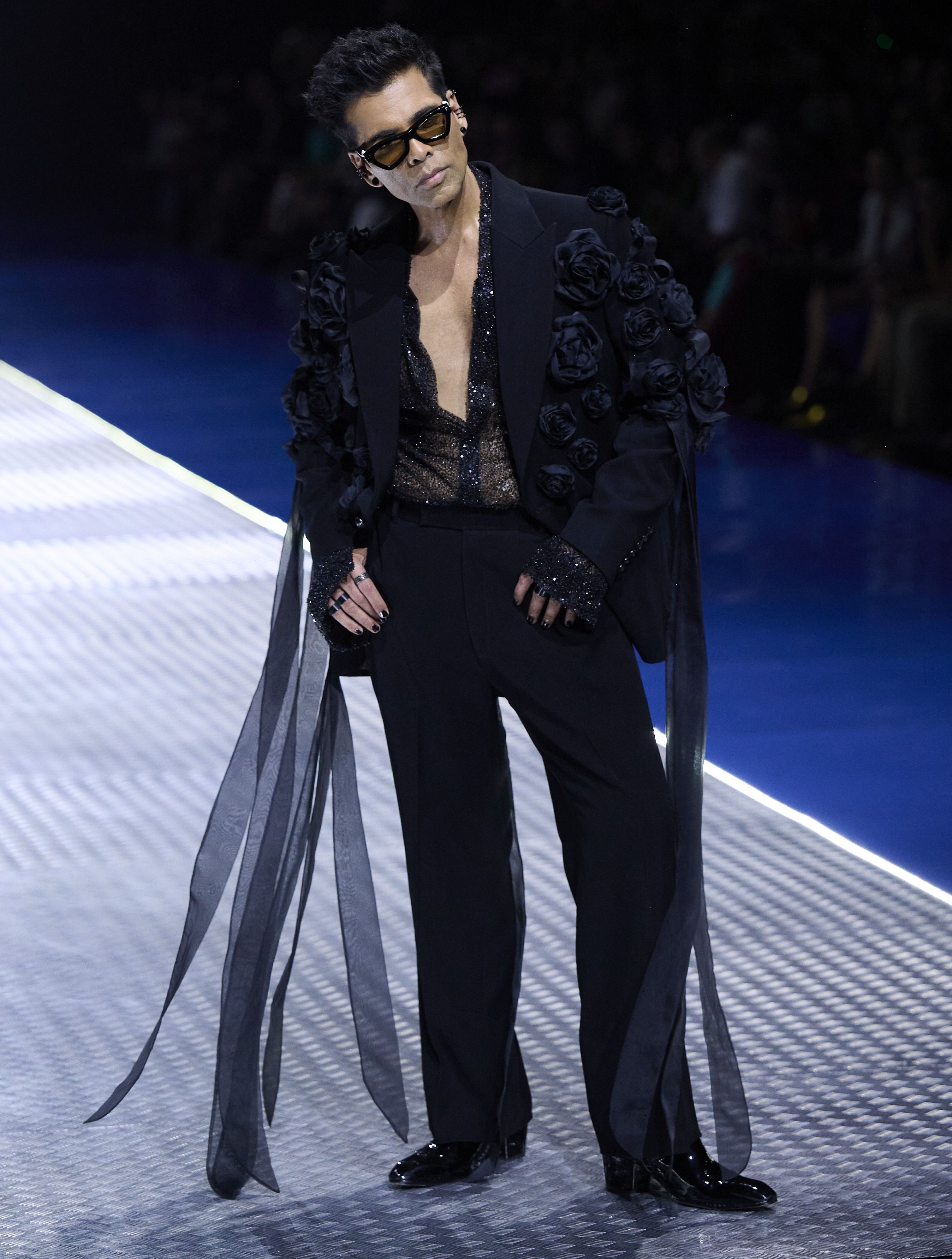
10. Urvashi Rautela
Urvashi’s fashion choices are never for the faint-hearted. With a rumoured £122 million (₹1,155 crore) ensemble featuring a parrot-shaped clutch, her Cannes look is already synonymous with unapologetic extravagance.

Final word
There you have it: the dazzling constellation of Indian stars lighting up Cannes 2025. This year isn’t just a festival; it’s a cultural convergence where Indian talent is redefining global representation. From legendary veterans to audacious newcomers, they’re shattering stereotypes, setting trends, and proving that Indian cinema isn’t just about films but it’s a statement.
